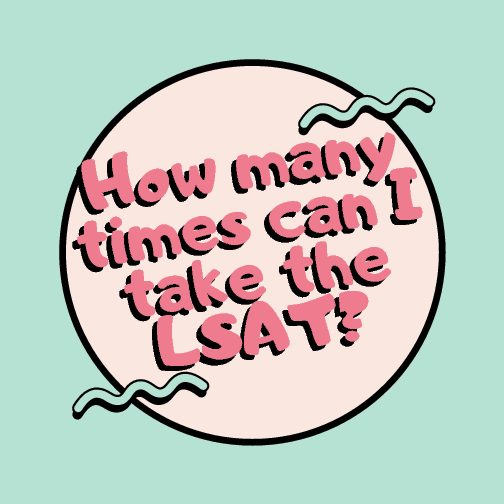Why Do I Keep Getting LSAT LR Problems Wrong?
As a long-time LSAT instructor, I’m often asked what I feel is the number one reason most people persistently get difficult LSAT questions wrong. By this, I’m talking about problems that you can’t get right, even untimed, and even after your best analysis.
Some of the very hardest LSAT problems simply may exceed a given individual’s
In my experience, the single biggest factor in being unable to solve a problem, other than mental laziness, is failing to properly understand the logical features of the argument in question.

Let’s do a test of sorts so you can compare your understanding of an argument to mine. Grab Preptest 75, and we will discuss an example problem: Section 1, Question 15. What does an expert see here?
This is an abductive argument, meaning the argument has an observation about a certain phenomenon and argues as to the best explanation for it. You have an effect (the phenomenon in question): planets have an elliptical orbit. Then you have an explanation as to its cause: that close encounters with other planets threw these planets into an elliptical orbit. That is the conclusion right there: that close encounters with another planet caused the elliptical orbit.
Having identified that cause, we should next identify and isolate the evidence given as to why we should believe this. The evidence given is that comets have been observed being thrown into elliptical orbits as a result of close encounters with planets. Maybe planets did the same thing as the result of other planets.
Those who can see this conclusion and understand the nature of this evidence know that this argument, like any cause and effect abductive argument, is not proven true, and additional information can strengthen or weaken the argument. It is then very easy to think about whether any additional information supports the conclusion or, instead, points to another alternate conclusion being perhaps more likely.
Believe it or not, but I just wrote all of the above without even checking what type of question this is yet, but I already know it will almost certainly be a strengthen and weaken question.
It turns out it is a strengthen, so let’s find information that aids/
(A) This answer choice is unclear. More affected how? For all we know, the greater effect on the orbit of the smaller planet makes its orbit more circular, not more elliptical. One of the bedrock principles of LSAT logic is that you can’t make unwarranted assumptions, so don’t add your own to this answer choice to try to make it better than it is.
(B) If anything, this is a slight
Skipping to (D), without knowing what that “other object” is, this answer choice isn’t helpful and doesn’t tell us anything about comets that the stimulus information didn’t already tell us.
Looking at (E), this would severely hurt the argument because it shows the effect (planets with elliptical orbits) is present without the proposed cause (other planets that could have thrown it into that orbit).
(C), on the other hand, does the opposite and strengthens the argument by showing that the proposed mechanism for the observed effect is indeed present. When we see planets orbiting distant stars, there are usually other planets present. So it isn’t like we are seeing tons of examples of elliptical-shaped orbit planets where there is no other planet present. If we did see that, then something else must be causing the elliptical orbits. Eliminating that possibility protects (strengthens) the argument.
This correct answer may be really hard to spot unless you know this logical pattern of establishing that the proposed cause is indeed present in order to strengthen a causal argument. Understanding abductive reasoning really well helps you confidently spot the answer.
For any LR problem, if you can do the following, you are probably going to be able to deduce the solution:
- Identify the type of argument. Is it inductive, deductive, abductive, or not an argument at all (merely a set of facts)?
- Identify the conclusion and the support
- Be able to analyze the degree to which the premises do or do not adequately support the conclusions
- Recognize any common patterns the reasoning follows
If you can learn to do this kind of analysis, then I absolutely promise you that solving difficult problems becomes much easier. Rather than problems each appearing unique, they start to all look like repeats of familiar themes, with patterns and features that you understand well. On the other hand, n
If you already are capable of this kind of logical analysis, congratulations! You have learned to think exactly like the people who make this test. With time and practice, you can get faster at such analysis, to the point where it is almost an unconscious process.
If you aren’t there yet, let us help you in our Logical Reasoning Course. We go far more in-depth into logical reasoning than any other prep company (they cater to the mushy-middle of test takers, whereas we are trying to help the people who are really willing to work for a great score).
We are looking forward to working with you! If you have any questions about LR analysis or our course, let us know in the comments.



